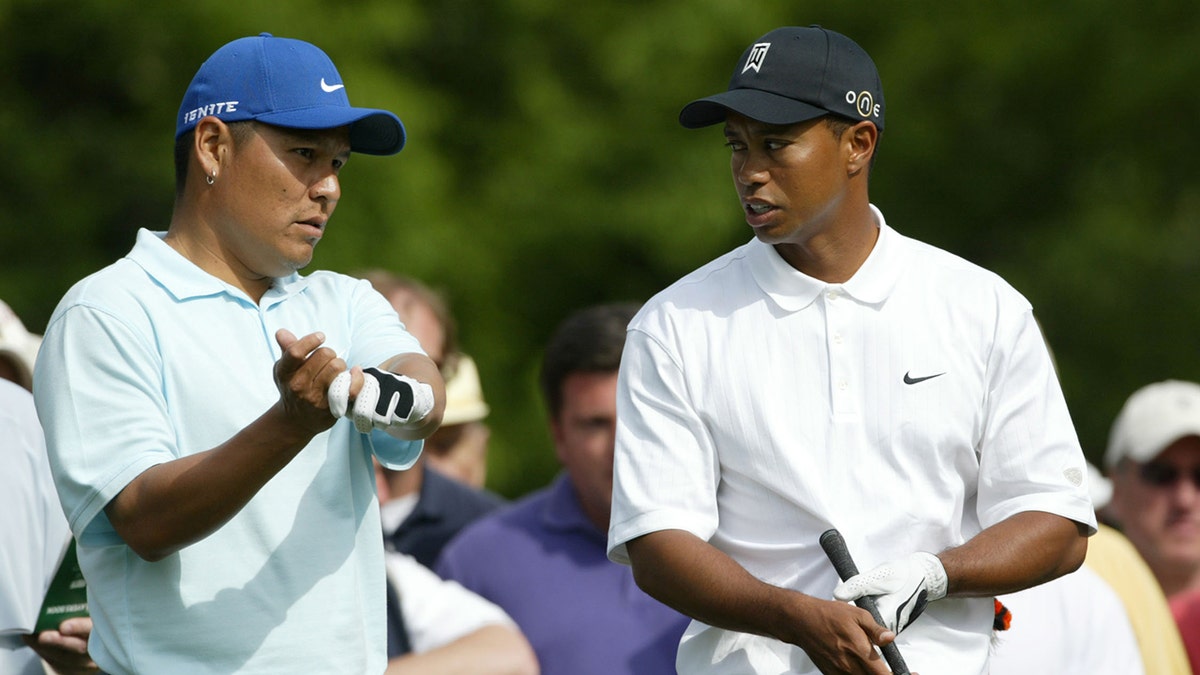Sportscaster Jim Gray reacts to Tiger Woods' hospitalization after serious car crash
'Never underestimate the heart of a champion' says Gray of hopes for Wood's recovery.
One of Tiger Woods’ closest friends expressed hope Thursday that the golfing legend would fully recover from his horrific leg injuries suffered in a crash earlier in the week.
Notah Begay III, a former teammate of Woods’ at Stanford and a current analyst for NBC Sports and the Golf Channel, said on NBC News’ "TODAY" that he believes Woods will pull through.
CLICK HERE FOR MORE SPORTS COVERAGE ON FOXNEWS.COM
"I think Tiger is going to pull through this just like he’s done with every other injury that’s he’s had. I mean he has a remarkable resolve and ability to focus on rehabilitation. He’s going to do that and more," Begay said.
"This guy knows how to recover. He never gives up and he’s got a wonderful family around him that supports him and friends and the entire golfing community and I think that’s going to rejuvenate him and provide some inspiration for him to work his way through this."

Notah Begay III and Woods are close friends. (Bob Leverone/Sporting News via Getty Images via Getty Images)
Begay said he was a bit dismayed over the coverage of Woods’ crash shifting toward whether he would play again.
DWYANE WADE TALKS ABOUT TIME SPENT WITH TIGER WOODS BEFORE CAR ACCIDENT: 'IT WAS A GREAT DAY'
"It’s been a tad bit frustrating. But what I’ve been really focusing on these last 24 hours is just my friend, those kids whose dad is in the hospital," he said.
Some have compared Woods’ wreck to Ben Hogan’s in 1949. Hogan and his wife were nearly killed when they were involved in a collision with a bus. Hogan would win the 1950 Los Angeles Open after recovering. The main difference is that Woods is nine years older than Hogan was at the time of his crash.
Woods suffered gruesome leg injuries in the crash. His team released a statement hours after the accident that detailed the extent of those injuries.
CLICK HERE TO GET THE FOX NEWS APP
"Comminuted open fractures affecting both the upper and lower portions of the tibia and fibula bones were stabilized by inserting a rod into the tibia," Dr. Anish Mahajan, chief medical officer and interim CEO of Harbor-UCLA Medical Center, was quoted as saying. "Additional injuries to the bones of the foot and ankle were stabilized with a combination of screws and pins."





















